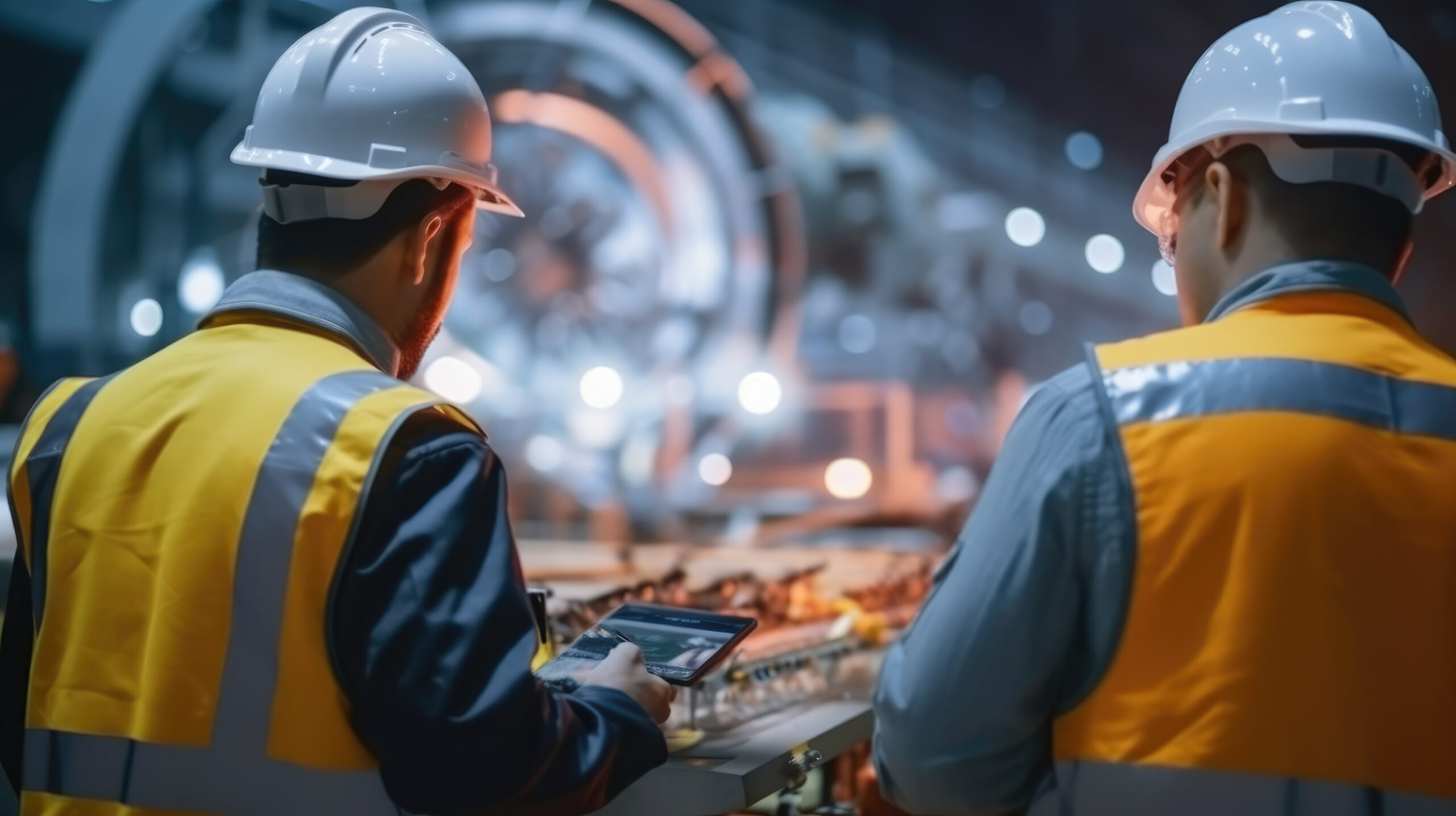With the exposure to a wide variety of equipment and the dynamic, complex nature of oil field services operations, companies in the oil and gas industry have historically faced challenges in ensuring the well-being and competence of their frontline workforce. Frontline operator positions in the oil and gas industry are considered the third most dangerous of all frontline positions. With the ongoing departures of experienced personnel, oil field services companies are faced with a critical challenge in training and ensuring compliance with safety procedures as they replenish the frontline workforce.
In recent years, however, the adoption of digital technologies offers an unprecedented opportunity to enhance frontline worker training methodologies and safety protocols. A Draeger Safety study showed that using eLearning technologies reduced reported safety incidents by 46%. Advances in digital technologies such as virtual reality (VR), augmented reality (AR), wearables, AI and data analytics offer oil field services companies a transformative opportunity to develop a safer and more productive connected workforce with digitalized work instruction, inspections, safety and procedural training.
Revolutionizing Training with Digital Technologies
Digital Technologies are fundamentally changing training in several ways. One of the most significant advancements in training for frontline workers in oil field services comes from the ability of modern digital technologies to immerse the worker in the training content visually. Virtual reality (VR), in particular, places workers in simulated environments that replicate real-world equipment and operations. With virtual reality, workers can more effectively experience complex tasks and hazardous conditions to refine their skills in a risk-free environment.
In contrast, augmented reality (AR) overlays digital information into the physical world. This technology proves beneficial for on-the-job training, allowing workers to access relevant data and instructions while performing tasks. While both VR and AR are in the early phases and still quite expensive, innovative visualization technologies on standard mobile devices are also available.
These new lower-cost approaches combine the benefits of mobile, on-the-spot training with highly visual representations of information that are more easily and quickly understood and can be embedded into standard work instructions to provide ongoing reminders. These digital advances contribute to more effective and engaging training, ensuring that frontline workers are better prepared to navigate the challenges they may face in the field.
Tailoring Training with Data and Analytics
Digital technologies also enable the customization of training, addressing specific job roles and operational contexts. Data and analytics play a pivotal role in this customization process by adapting training to the specific needs of the operator and analyzing historical data to identify patterns and trends.
Furthermore, ongoing data analysis allows for continuous improvement in training methodologies. By monitoring workers’ performance metrics using digitalized SOPs, inspections and maintenance work orders, oil field services companies can identify areas that may require additional training or support, leading to a proactive approach to addressing potential safety and operational issues. This iterative process ensures that training programs remain dynamic and responsive to the evolving needs of frontline workers.
Interactive, Micro-learning Delivery
Digital technologies facilitate a shift from traditional, classroom-style training to interactive and micro-learning delivery of training. Through immersive simulations, workers can experience realistic scenarios and practice decision-making under pressure. This type of interactive training proves invaluable in preparing frontline workers for the unpredictable nature of oil field operations.
Mobile digital technologies also change the script of classroom training by providing training at the point of need in small, specific installments. Referred to as micro-learning, this approach has been documented to be 5-10 times more effective than conventional training with retention rates up to 60% higher. By digitalizing work instructions and inspections typically used by frontline workers, oil field services companies can embed safety and process training opportunities into the work processes not only facilitating access to the training but also ensuring and monitoring delivery and consumption.
Real-Time Monitoring and Wearable Devices
In addition to transforming training, digital technologies can also offer real-time monitoring capabilities through the deployment of wearable devices and sensors. These devices track various metrics, including workers’ health and environmental conditions, or locations and proximity to hazards.
Real-time monitoring enables immediate response to emergencies, ensuring that frontline workers receive timely assistance in the event of accidents. Wearable devices are also used as a preventive measure to alert workers and supervisors to potential hazards based on real-time data, allowing for proactive risk mitigation.
Making the Transition Accessible, Affordable and Effective
Oil Field Services companies have a growing number of digital alternatives they can leverage to improve safety and operational efficiency for their frontline workforce. ROO.AI is partnering with oil field services companies to digitalize common, critically important frontline processes such as field maintenance, rig up and rig down operations, equipment and site safety checks, and equipment repair and return to service. By enabling the concepts discussed, such as visualization, personalization and microlearning, ROO.AI is helping innovative companies in the oil and gas industry to upskill the workforce and cultivate a culture of safety. Applying digital technologies like ROO.AI ensures that frontline workers are not only well-trained but also equipped with the tools and knowledge needed to navigate the complexities of oil field services efficiently and safely.



